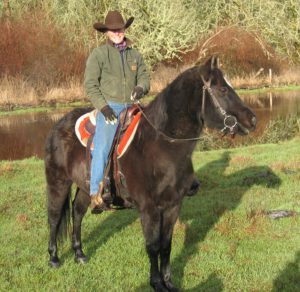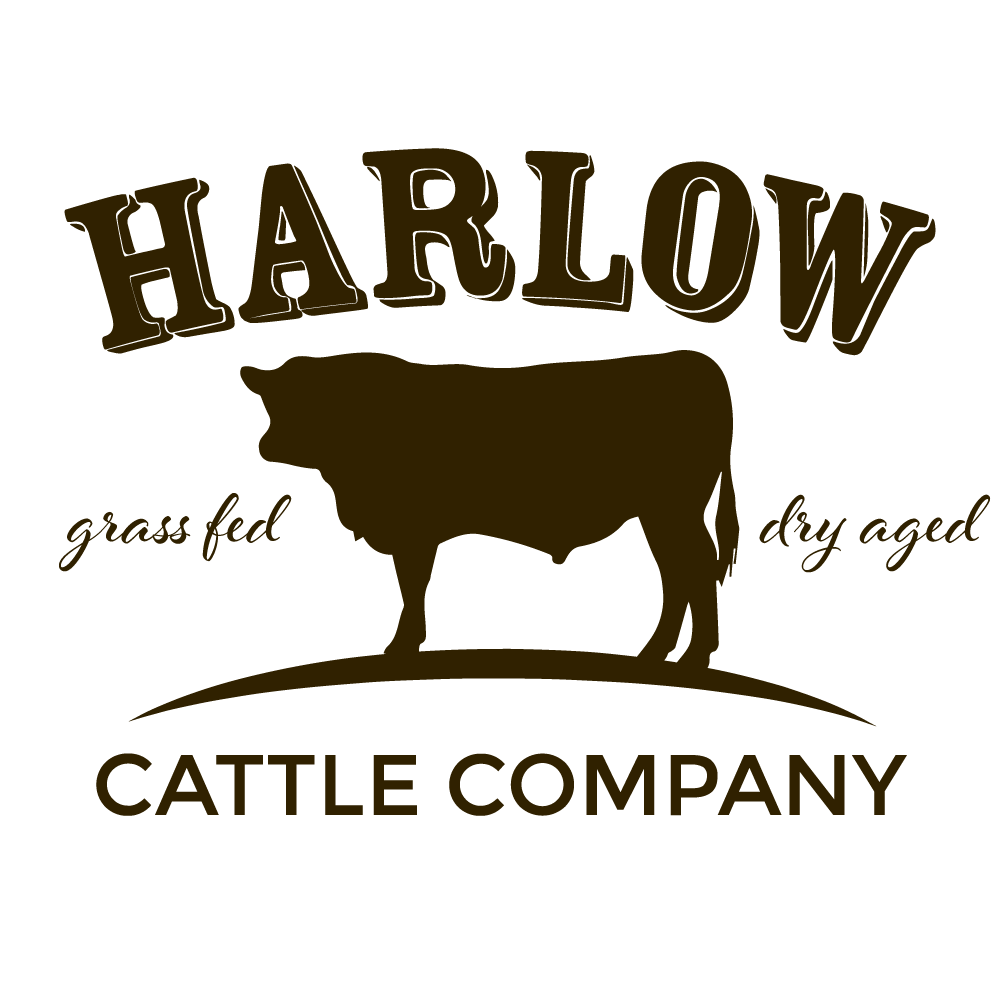Weather in our northwest region has not suffered from the drought of the plains and southwest hence our pastures and hay production remains good and reasonably stable. However some weather and other impacts resulted in increased costs of production.

Many local, western Washington, cattle ranchers purchase some or all of their winter feed from eastern Washington hay farmers. (Eastern Washington hay contains more nutrients and consequently better food value than most hay grown in western Washington).
Doing so allows full use of western Washington limited ranch acreage for grazing and improves the feed value of the hay product fed the cattle.
2011 weather adversely affected eastern Washington hay production by presenting a late, wet Spring season meaning more first cutting hay product was late being cut and then suffered rain- damage (extra time on the ground for repeated drying causing bleaching and sale value). One less cutting for the alfalfa proved the usual for the hay farmers for the summer of 2011. Consequently hay farmers seeking stable incomes increased prices for the hay produced to achieve their needed income.
Furthermore, fewer tons of eastern Washington alfalfa hay was harvested due to pressures created by attractive incomes made possible by hay farmers taking advantage of government subsidies for crops like corn to be used in ethanol production, reducing acreage being planted in hay crops.
Compounding the problem of availability of hay, International markets for eastern Washington hay caused speculators to buy up most of the 2011 alfalfa hay crop in eastern Washington. International markets pay high prices for the eastern Washington alfalfa hay product shipped overseas.
Cost of fuel and fertilizers as a factor of production, delivery and pricing of hay increased as well.
The results of these pressures left state beef ranchers feeding eastern Washington alfalfa hay as their winter feed, paying very high prices for the limited supply of hay for the feed necessary to continue their operations and feed their herds
My hay dealer notified me in August of 2011 of the above challenges and the fact hay costs would be as much as 50% more for winter feed this year over last year. A fact corroborated by other hay dealers and farmers.
Our cattle-raising and feeding program brings premium-quality, grass fed and grass finished beef to the USDA butcher at the rate of one beef a week. Feed costs to keep our program operating while providing the same quality product on the hook with such increased feed costs over the winter of 2011/2012 required reevaluation and ultimately the re-pricing of our beef product.
Our western Washington sustainably operated, all natural, grass-fed and grass-finished cattle company profit margin remains very slim to non-existent even after an increased price adjustment for our premium beef on the hook. Our commitment to stay in operation and provide a quality, locally raised, grass finished beef product to discriminating users remains true and a pleasure. (A limited number of retail operations embrace local meats at the necessary local prices needed to sustain local farms.)
Our customers embrace sustaining the high quality of our beef product and worked with us to reach agreement on needed increased pricing to keep both businesses viable. Our end users, local eaters at local restaurants or local butcher shop, likewise, support our special product and willingly pay a bit more than last year for the unique, delicious beef.

